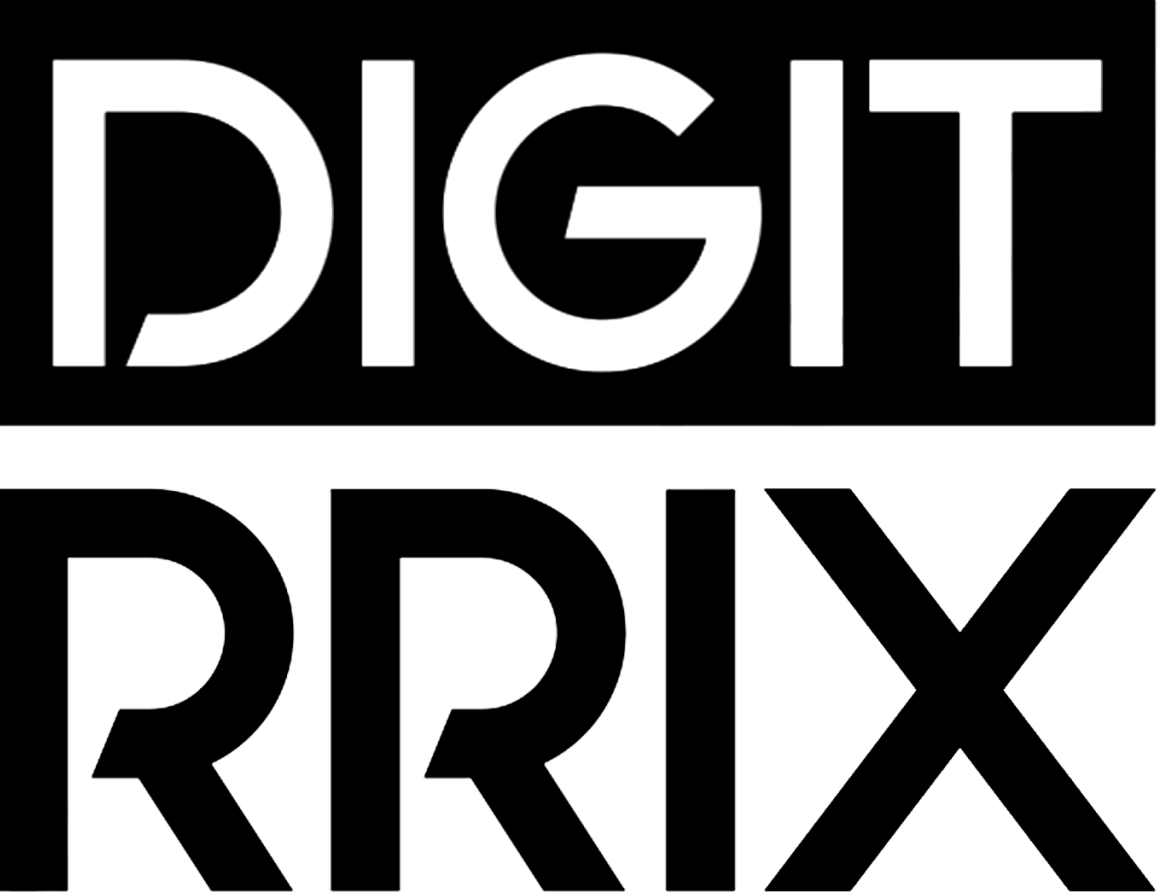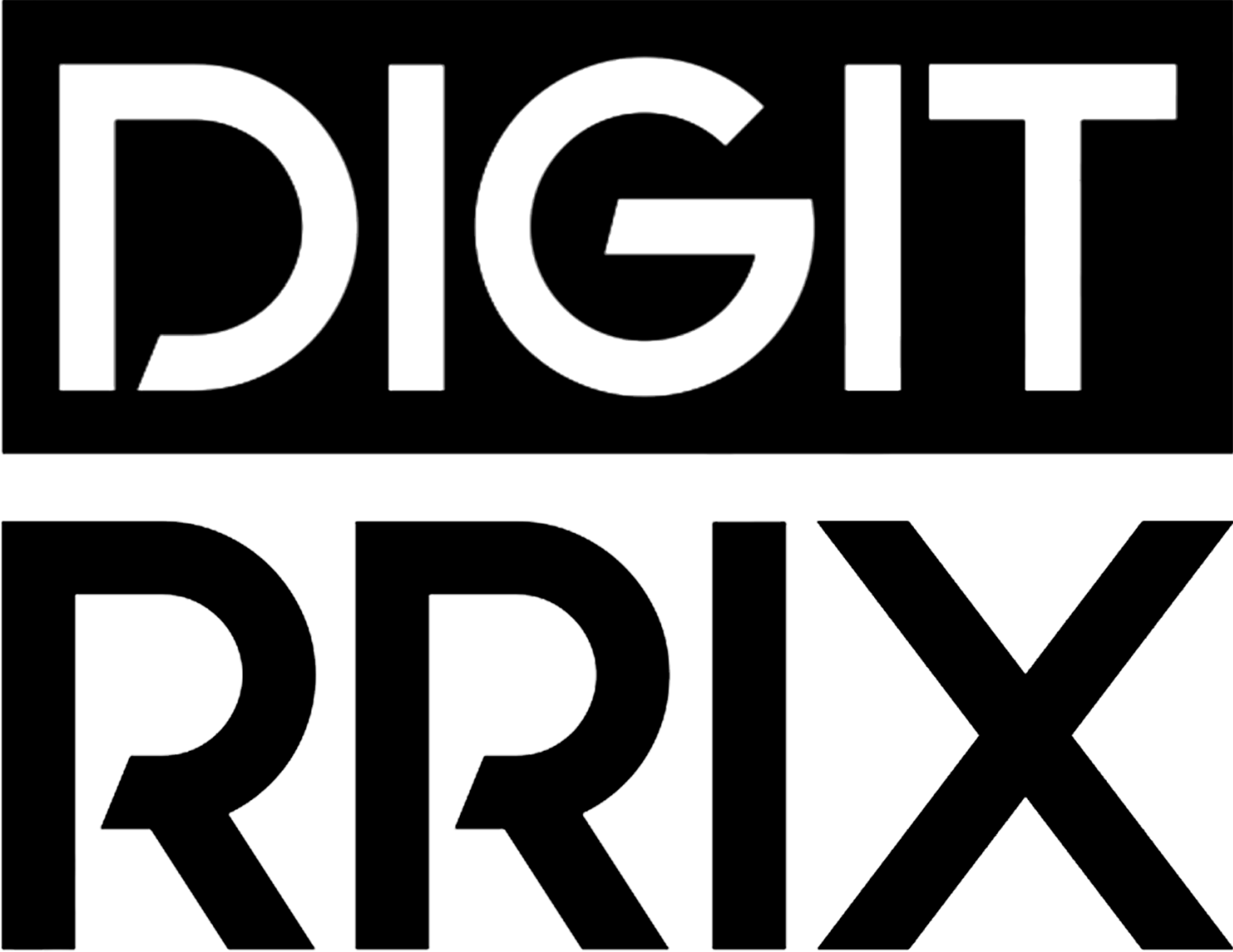
Unlocking Efficiency: How Software as a Service is Transforming Businesses
In today’s fast-paced business environment, organizations are constantly seeking innovative solutions to enhance productivity and streamline operations. Enter Software as a Service (SaaS)—a game-changing model that revolutionizes how businesses access and utilize software. This approach not only simplifies deployment and maintenance but also fosters collaboration and communication among teams, driving efficiency to new heights. From significant cost savings to the flexibility and scalability required to adapt to ever-changing market demands, SaaS empowers businesses to thrive in a competitive landscape. As we delve into the myriad benefits of SaaS, it becomes clear that this technology is not just a trend but the future of business operations.
Understanding Software as a Service (SaaS)
Software as a Service (SaaS) has emerged as a game-changing model for delivering software applications over the internet, providing businesses with a wide array of benefits that traditional software cannot match. This innovative approach eliminates the need for extensive hardware installations and manual updates, enabling organizations to streamline their operations and increase efficiency.
Key Features of SaaS:
- Cloud-Based Access: SaaS applications are hosted on the cloud, allowing users to access software from any location with an internet connection. This flexibility promotes remote work and collaboration.
- Subscription Model: Instead of purchasing a software license upfront, businesses can subscribe to SaaS solutions, usually on a monthly or yearly basis. This structure helps in managing budgets and reducing capital expenditures.
- Automatic Updates: Providers manage all software updates and maintenance, ensuring that users always have access to the latest features and security enhancements without any downtime or manual intervention.
- Scalability: Organizations can easily scale their usage to accommodate growth. This could mean adding new user licenses or expanding functionality as business needs evolve.
- Integration Capabilities: Many SaaS solutions seamlessly integrate with other software and applications, allowing businesses to create a cohesive technology ecosystem that enhances productivity.
The User Experience:
Users find SaaS applications generally easy to navigate, requiring minimal training. The cloud-based format ensures that as long as employees have an internet connection, they can engage with vital tools and systems, promoting efficiency and productivity.
In summary, understanding the nuances of this innovative delivery model is fundamental for businesses aiming to harness the potential of modern technology for their operations. Embracing these solutions can lead not only to improved efficiency but also to a distinct competitive edge in the ever-evolving marketplace.

Key Benefits of SaaS for Businesses
The rise of Software as a Service (SaaS) has brought about transformative effects on business operations, providing a suite of advantages that are unmatchable by traditional software models. One of the standout benefits is cost-efficiency. With SaaS, businesses eliminate heavy upfront investments in software licenses and hardware. Instead, they benefit from a subscription-based model, which means predictable monthly costs, enabling better financial planning and resource allocation.
Another compelling advantage is ease of use and implementation. SaaS solutions typically come with a user-friendly interface, making onboarding seamless for employees. This is crucial in a fast-paced business environment where time is money. Companies can quickly scale their operations without the lengthy installation processes associated with traditional software systems.
Accessibility is a game-changer in today’s remote work landscape. SaaS applications are cloud-based, allowing employees to access critical tools and data from anywhere, at any time. This flexibility not only boosts employee productivity but also encourages a collaborative culture, as teams can work together in real-time regardless of their physical location.
Moreover, SaaS providers often handle updates and maintenance automatically. This means businesses always operate on the latest version of the software without the need for manual upgrades, which can consume significant IT resources.
Additionally, SaaS solutions often come with integration capabilities, linking various applications and streamlining workflow processes. This interconnectedness is vital for data consistency and comprehensive business insights.
In summary, the key benefits of Software as a Service are transformative, leading to enhanced operational efficiency, improved team collaboration, and significant cost savings. Embracing SaaS solutions can set businesses on a path toward sustainable growth and performance optimization.
How SaaS Enhances Collaboration and Communication
In today’s rapidly evolving business landscape, Software as a Service (SaaS) platforms are revolutionizing the way teams communicate and collaborate. By leveraging cloud-based technologies, organizations can break down traditional barriers and foster a more connected workplace. The enhanced collaboration facilitated by SaaS offers numerous advantages that are crucial for modern business success.
One of the most significant benefits of SaaS is its real-time communication capabilities. Platforms such as Slack and Microsoft Teams enable employees to share information instantly, which streamlines project management and decision-making processes. This immediate accessibility to data ensures that team members can stay aligned, regardless of their geographic location, thus promoting a more cohesive working environment.
Additionally, SaaS applications often include built-in collaboration tools. For example, Google Workspace allows multiple users to work on a document simultaneously, providing live feedback and editing opportunities. This functionality not only speeds up project timelines but also encourages a culture of teamwork and creativity, as contributions from various team members can be integrated seamlessly.
Moreover, SaaS solutions often feature enhanced integration capabilities with other tools. Whether it’s CRM systems, project management software, or file storage services, these integrations allow for a more streamlined workflow. Teams can share data across different applications without the need for cumbersome manual data transfers, which helps minimize errors and saves time.
Furthermore, SaaS platforms support asynchronous communication. Tools like Trello and Asana enable teams to track project progress and updates while accommodating different work schedules. This flexibility allows organizations to operate efficiently across various time zones, ensuring that all team members can contribute effectively regardless of when they are working.
In essence, the way SaaS enhances collaboration and communication not only boosts productivity but also fosters a more innovative and engaged workforce. As more businesses adopt these cloud-based solutions, the potential for improved teamwork and effective communication continues to grow, leading to a brighter future for organizational success.
Cost Savings and Financial Efficiency with SaaS
In today’s competitive business landscape, finding ways to cut costs while improving efficiency is paramount. Software as a Service (SaaS) emerges as a powerful solution that enables businesses to achieve these goals. By providing access to software over the internet, SaaS eliminates many traditional expenses associated with on-premises software. Here’s a closer look at how SaaS can lead to significant cost savings and enhanced financial efficiency for your business:
- Reduced Infrastructure Costs: With SaaS, there is no need for extensive hardware investments. Companies can avoid the costs associated with purchasing and maintaining servers, storage devices, and IT infrastructure. The cloud-based nature of SaaS allows businesses to use resources on-demand, resulting in lower operational expenses.
- Predictable Subscription Pricing: SaaS typically operates on a subscription model, which means businesses can budget for software costs more effectively. This fixed pricing helps companies avoid unexpected expenses and makes financial planning easier. It also allows for a pay-as-you-go approach where you only pay for what you need, making budgeting more manageable.
- Lower Maintenance and Support Costs: Traditional software requires ongoing maintenance, updates, and technical support, all of which incur additional costs. In contrast, SaaS providers handle maintenance and updates automatically, freeing up internal resources and minimizing downtime. This translates into savings on labor and outsourced IT services.
- Streamlined Workflows: SaaS applications are designed to enhance productivity and streamline workflows, which can reduce labor costs. By automating routine tasks and providing real-time collaboration tools, employees can focus on high-value activities that drive revenue instead of being bogged down by manual processes.
- Enhanced Accessibility and Remote Work: With SaaS, employees can access applications from any location with internet access. This flexibility not only boosts employee efficiency but also reduces office space and related costs, fostering a more agile workforce.
By embracing Software as a Service, companies can realize substantial financial benefits that contribute to long-term growth and sustainability. Transitioning to a SaaS model is not just a strategic decision; it’s a pathway to optimizing financial health while securing competitive advantages in the marketplace.

Flexibility and Scalability: Adapting to Business Needs
In today’s fast-paced and ever-evolving business landscape, Software as a Service (SaaS) offers remarkable flexibility and scalability that empowers organizations to adapt swiftly to changing demands. One of the most compelling features of SaaS solutions is their ability to scale according to the unique requirements of a business. Whether a company is expanding its workforce, launching new products, or entering new markets, SaaS applications can be adjusted seamlessly to accommodate growth. This adaptability eliminates the traditional hassle of hardware upgrades and lengthy installations that often hinder swift business changes.
Furthermore, SaaS platforms typically operate on a subscription model, allowing businesses to pay only for what they need, when they need it. This means organizations can easily scale up or down, adding users or features as necessary without incurring substantial upfront costs. This financial flexibility is invaluable, especially for startups and small to medium-sized enterprises that may face budget constraints.
Moreover, the cloud-based nature of SaaS enables multiple teams within a business to engage with the same application from different locations in real time. This capability not only enhances collaboration but also allows businesses to respond rapidly to market fluctuations and customer needs. Additionally, the intuitive interfaces of many SaaS solutions reduce the learning curve for new employees, enabling staff to quickly adapt and utilize the technology effectively.
By offering the ability to customize features and modules, SaaS providers ensure that businesses can tailor solutions that align with their operational needs. This kind of flexibility and scalability fosters resilience and innovation, allowing organizations to stay competitive in an increasingly demanding environment. Embracing SaaS technologies positions businesses to harness growth opportunities while remaining agile in their operational strategies.
Security and Compliance: SaaS Solutions for Protecting Data
In today’s digital age, data security and compliance are more crucial than ever for businesses seeking to thrive in competitive markets. Software as a Service (SaaS) providers recognize this challenge and have developed robust solutions designed to protect sensitive information while ensuring regulatory adherence.
First and foremost, SaaS platforms prioritize security through advanced encryption techniques. End-to-end encryption safeguards data both in transit and at rest, effectively blocking unauthorized access. This is particularly essential for industries such as healthcare and finance, where sensitive customer data must remain confidential. By utilizing these cutting-edge security measures, businesses can reassure their clients that their information is in safe hands.
Additionally, SaaS providers typically adhere to industry-specific compliance standards, such as GDPR, HIPAA, and PCI-DSS. These rigorous regulations are designed to protect consumer data and require companies to implement specific security controls. By choosing a SaaS solution that meets these compliance benchmarks, businesses not only avert hefty fines and legal repercussions but also enhance their reputation among consumers who value data security.
Moreover, real-time monitoring and automated updates are also key features of most SaaS offerings. Continuous monitoring enables swift detection of unusual activities, allowing businesses to respond promptly to potential threats. Automatic updates ensure that the software is equipped with the latest security patches and improvements, thus reducing vulnerabilities over time.
Ultimately, embracing SaaS solutions not only mitigates security risks but also streamlines compliance processes. With comprehensive tools for managing data security and regulatory requirements, businesses can focus on growth and innovation while feeling confident that their data protection strategies are not only effective but also agile.
The Future of Business Operations with SaaS Technology
As we move deeper into the digital age, Software as a Service (SaaS) is poised to reshape business operations in ways that were previously inconceivable. By harnessing cloud technology, companies are not only optimizing their processes but also preparing for a future characterized by unparalleled adaptability and innovation. Here are several key trends and potential benefits shaping the future of business operations with SaaS:
- Increased Automation: SaaS applications enable businesses to automate routine tasks, which minimizes human error and increases operational efficiency. Advanced features such as machine learning are predicted to drive automation even further, allowing companies to focus on strategic initiatives rather than mundane tasks.
- Real-Time Data Analysis: With SaaS, businesses gain access to powerful analytics tools that provide real-time insights into operations and customer preferences. This data-driven approach allows companies to make informed decisions quickly, adapting their strategies to meet market demands without delay.
- Globally Accessible Solutions: The cloud-based nature of SaaS eliminates geographical limitations. Teams can collaborate seamlessly regardless of location, which fosters a culture of inclusivity and diversified input, leading to more robust business strategies.
- Customization and Personalization: Future SaaS solutions will increasingly offer customizable features tailored to specific business needs. Enterprises can select the functionalities that best support their objectives, enhancing overall productivity and satisfaction.
- Continuous Innovation: SaaS platforms often roll out updates and new features efficiently, ensuring businesses stay ahead of technological advancements. This facilitates an agile operational model that can quickly pivot according to market changes.
- Sustainability: Many SaaS providers are increasingly focusing on eco-friendly practices. By optimizing resource use and minimizing the need for physical infrastructure, companies utilizing SaaS can reduce their carbon footprint, aligning with global sustainability goals.
In summary, the future of business operations powered by Software as a Service is not just about streamlining existing processes but also about fostering an environment of continuous improvement, resilience, and innovation. As the adoption of SaaS becomes the norm, businesses that embrace these changes will likely lead in their respective industries, setting standards for efficiency and effectiveness.

Frequently Asked Questions
What is Software as a Service (SaaS)?
Software as a Service (SaaS) is a cloud-based service model that allows users to access software applications over the Internet, eliminating the need for installation or maintenance on local devices. Businesses can benefit from SaaS by having immediate access to the latest software versions, while also enjoying seamless updates, scalability, and cost-effectiveness. This model empowers organizations to focus on their core activities without the overhead of managing complex software infrastructures.
How does SaaS improve collaboration within teams?
SaaS platforms enhance collaboration by enabling real-time access and sharing of information among team members, regardless of their geographical location. This is achieved through cloud-based tools that allow multiple users to work simultaneously on documents, projects, and tasks. Enhanced communication features, such as messaging and comments, further streamline workflows and foster teamwork. Organizations adopting SaaS solutions can thus experience increased productivity and improved project outcomes.
What are the security benefits of using SaaS?
SaaS providers prioritize security, offering robust measures such as data encryption, regular security audits, and compliance with international standards. By using a SaaS platform, businesses can leverage the expertise of dedicated security teams, ensuring that sensitive information is protected against cyber threats. Moreover, SaaS solutions often include backup and recovery features, helping organizations safeguard their data against loss or corruption, thus maintaining business continuity.
Is SaaS cost-effective for businesses?
Yes, SaaS is generally more cost-effective than traditional software models. Businesses can avoid hefty upfront licensing fees and invest instead in subscription-based pricing, which aligns costs with usage. This model allows for better cash flow management, as companies pay only for what they need. Additionally, SaaS eliminates the necessity for extensive IT infrastructure and maintenance, translating into further savings and enabling businesses, especially startups and SMEs, to allocate resources more effectively.



